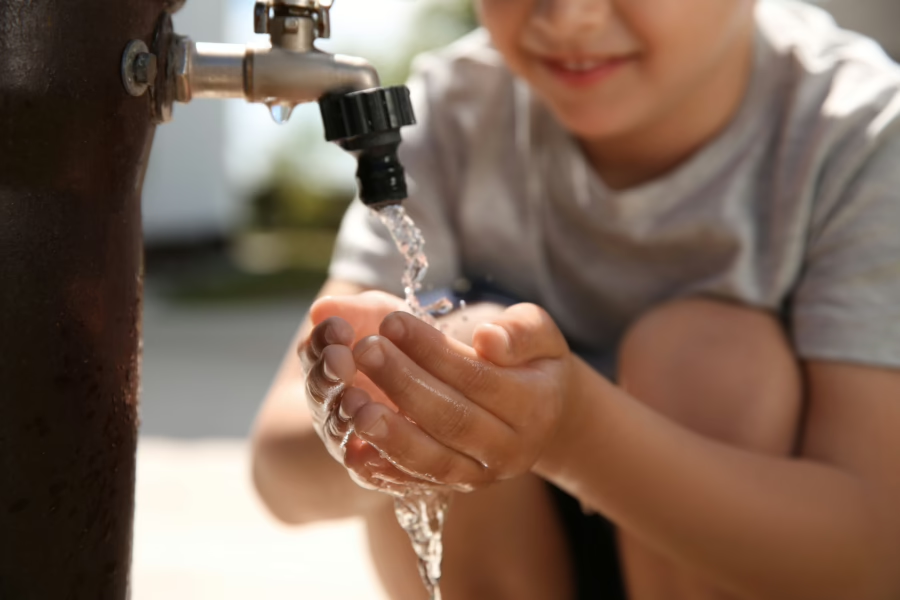Water Infrastructure Funding Wins Big in Omnibus Fight
As Congress and the Administration struggle to close the book on funding for the fiscal year that began in October 2017, water infrastructure funding appears to have come out on top. After several extensions and a government shutdown, funding for Fiscal Year 2018 has finally been settled. Despite decreases or outright cuts to main federal water infrastructure programs in the President’s Budget as well as the House appropriations bills, and stable funding in the Senate appropriations bills, water infrastructure funding increased in the FY18 Omnibus package.
The measure provides an additional $300 million each for the Clean Water State Revolving Fund (CWSRF) and the Drinking Water State Revolving Fund (WSRF) over current funding levels, for a total of $2.89 billion (a 27 percent increase) in funding for the State Revolving Fund overall – its highest since FY10. The measure also protects the Rural Utilities Service’s Rural Water and Waste Disposal Program, which received over $563 million for grants, loans, and loan guarantees to small systems. The omnibus deal also includes $63 million for the Water Infrastructure Finance and Innovation Act (WIFIA) program, an increase over current funding. These funds are expected to be leveraged into billions of dollars in additional direct loan authority for water infrastructure projects.
Increases after years of cuts and threats of more cuts are a big win for water infrastructure. Water infrastructure programs have traditionally enjoyed bipartisan popularity, especially programs that directly help state and local government fund water treatment and other infrastructure. But the SRF programs are the single largest line item in the EPA budget and efforts to cut EPA funding in the current Administration inevitably end up coming from the water programs. The water sector must continue its push for sustainable water infrastructure funding for programs that work. While FY 2018 is set, the end of the fiscal year is a mere six months away, and this election year is unlikely to see another big funding bill before the November election. Communities’ capital needs to meet the challenges of water system development and renewal, regulatory compliance, the rising costs of day-to-day utility operations, and more unpredictable weather patterns, are constantly growing. These challenges are not going away and we must fight for the funding to continue to address them.


